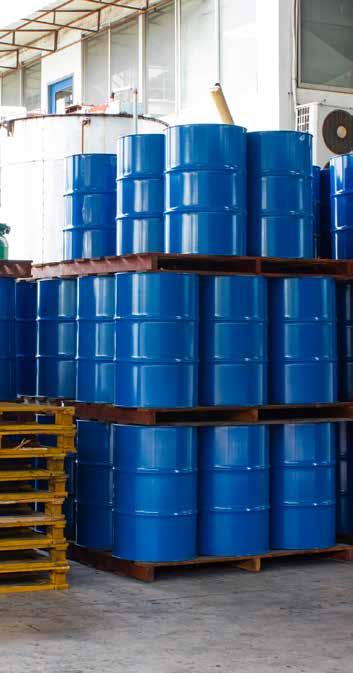
5 minute read
4.2 DOWNSTREAM
4.2 MAIN ACHIEVEMENTS IN DOWNSTREAM ACTIVITIES
2018 witnessed a significant progress through some projects implemented by MOP.
Advertisement
A project for producing high-octane benzene 92 and 95 at Alexandria National Refining and Petrochemicals Company (ANRPC) was completed in September 2018 to increase the capacity to 1.5 million tons per year (mmt/y).
Currently, six projects are under implementation to boost Egypt’s refining capacity with total investments of around $9 billion during the upcoming four years.
The Egyptian Refining Company (ERC) project comprises a hydrocracker complex to convert fuel oil into high-quality petroleum products, with total investments of $4.3 billion. The project is planned to start operating in March 2019.
A project to produce high octane benzene was established at Assuit Petroleum Refining Company with a feed capacity of 660 thousand tons per year (mt/y) of Naphtha in order to meet the needs of Upper Egypt region for benzene and LPG. The project’s investment cost is $427 million and is planned to be fully executed in April 2020.
A new project was implemented to increase MIDOR’s refining capacity by 60%. This project costs $2.3 billion and is planned to be completed in Q1 of 2022.
Another project for Assiut National Oil Processing Company (ANOPC) comprises a fuel oil hydrocracker complex with a feed capacity of 2.5 mmt/y, in order to convert fuel oil into highquality petroleum products. The project’s total investments are around $1.85 billion.
In addition, it is planned to establish a hydrocracker and gasoline complex at Suez Governorate with an investment cost of $2.35 billion to produce high-quality petroleum products.
After completion of these projects in addition to the previously implemented projects, Egypt’s refining capacity will reach 41 mt/y. Accordingly, the local demand for the main petroleum products will almost be fulfilled after realization of the refinery upgrade projects.
Under the plan of expanding the petrochemical industry projects, 2018 has seen the establishment of four new projects with investments of around $1.6 billion.
For instance, two new factories, established to expand the project of Sidi Kerir Petrochemicals Company (Sidpec), will produce propylene and polypropylene. The investments within the project reached $1.25 billion.
Moreover, Ethydco complex in Alexandria has started implementing a project to produce industrial rubber (Poly Butadiene) with investments of about $105 million.
In addition, Suez Petroleum Services Company started implementing a project for producing methanol derivatives with investments of around $60 million, serving ready-mixed concrete and adhesives manufacturers.
Finally, a project will be implemented to produce 200 thousand cubic meters per year (mcm/y) of medium density fiberboard (MDF) panels using 210 mt/y of Egyptian rice straw as the project’s main raw material. Accordingly, this project will meet the growing local needs and reduce the environmental pollution from burning rice straw. The total investment cost of the project records around Euro 195 million.
One of the MoP’s plans in 2018 was to boost storage capacity through either establishing or completing platforms and terminals. For instance, the first phase and even the beginning of the second phase of SUMED facilities and storage were completed with investment cost at around $415 million.
Bulk-liquids terminal in Ain Sokhna for Sonker was also established at an investment cost of $220 million. New butane storage facilities in Alexandria have been established as well with total investment cost of EGP 150 million.
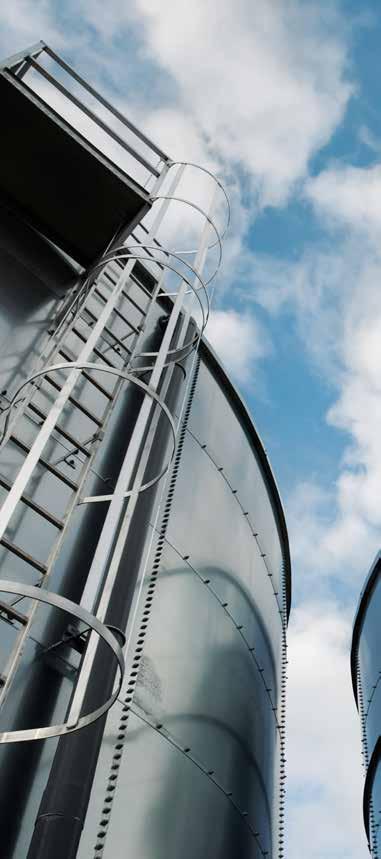
In 2018, infrastructure of transporting crude oil, natural gas, and petroleum products was expanded. The expansion included lines to transport crude oil and petroleum products for 56.5 km with a cost of EGP 172 million. In addition, five other lines will transport natural gas.
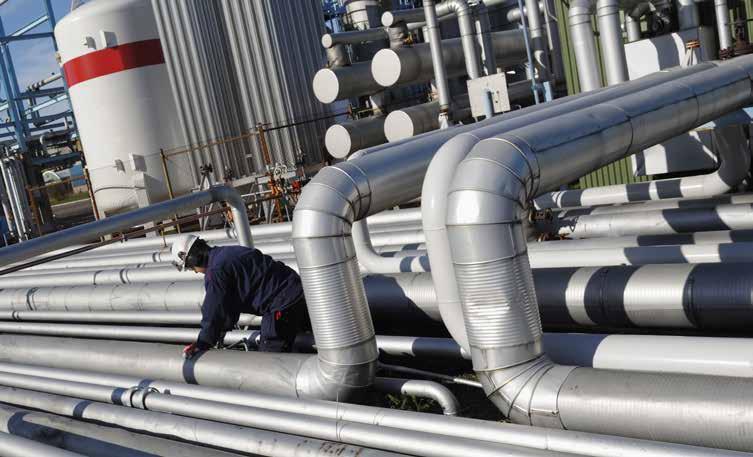
Regarding the electricity stations established in the new administrative capital, Beni Suef and Burullus, many projects have been implemented to provide them with the needed feedstock through a number of gas lines that transport them for 322 km with an investment cost of around EGP 2.2 billion. Accordingly, the number of electricity stations operating with natural gas reached 58 stations.
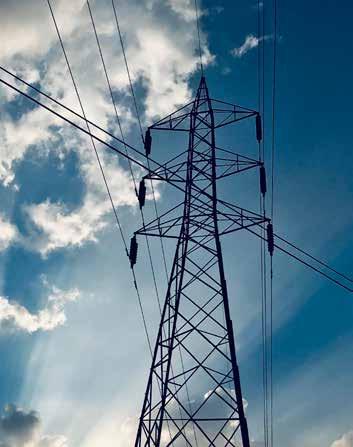
Since 1981, the government has provided natural gas for around 9.3 million households. The year 2018 connected over one million households.
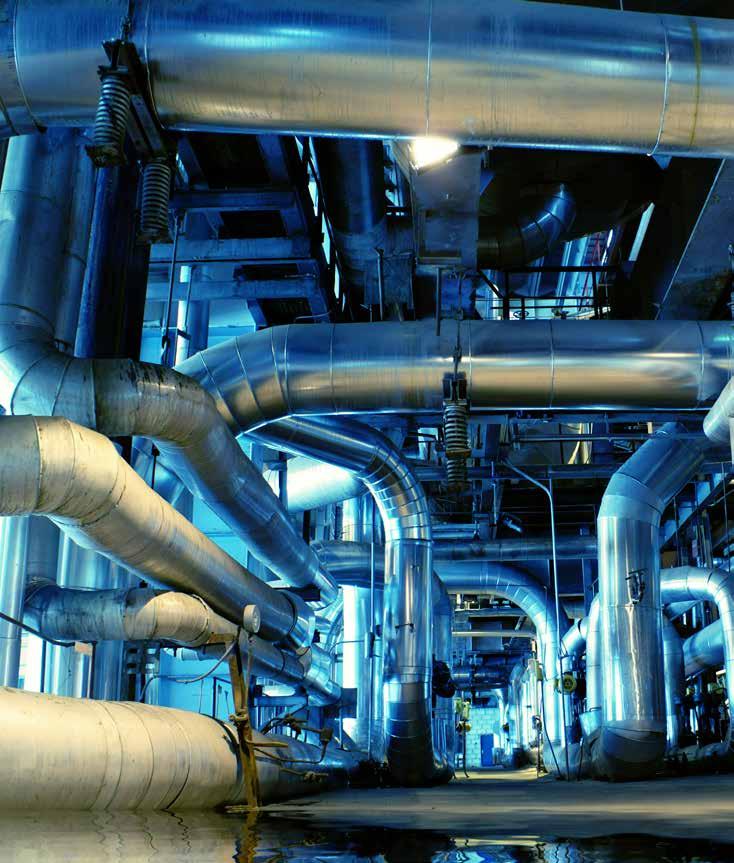
It is worth mentioning that for the first time natural gas was connected to 73 cities and villages with high population density across governorates that natural gas never reached before such as; Ayaat, Aosem, Tanash, Helwan “Ezbet Zein”, Seklam, Askot, Abu Kber, and Mghagha.
Concerning transportation, around 14,566 cars have been converted to natural gas from January to December in 2018.
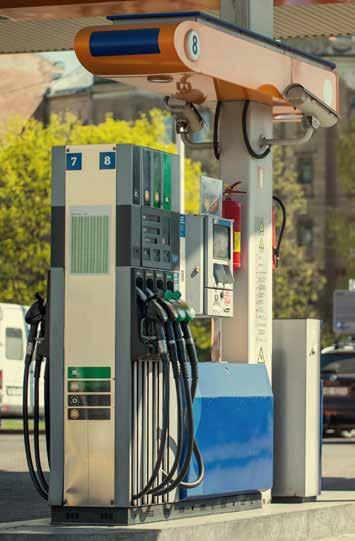
To enhance citizens’ needs, the number of services and car maintenance stations have increased in the Egyptian market by 105 new stations, reaching 3,650 stations. For the same purpose, the distribution centers of gas cylinders over the country reached a total of 3,025 centers.
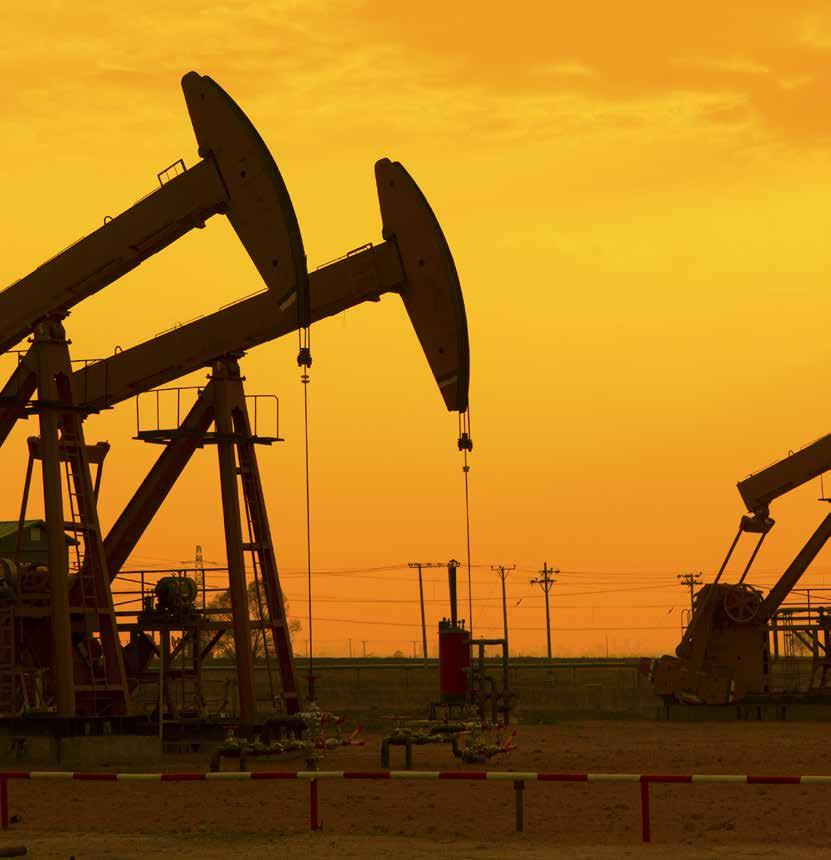
REFERENCES
• Central Bank of Egypt:
http://www.cbe.org.eg/en/Pages/HighlightsPages/Monetary-Policy-Report-II-2018.aspx
• Egyptian Natural Gas Holding Company Official Website:
http://www.egas.com.eg/home.aspx
http://www.egpc.com.eg/
• El Banby, H. (1996). Past Experiences and Future Insights.
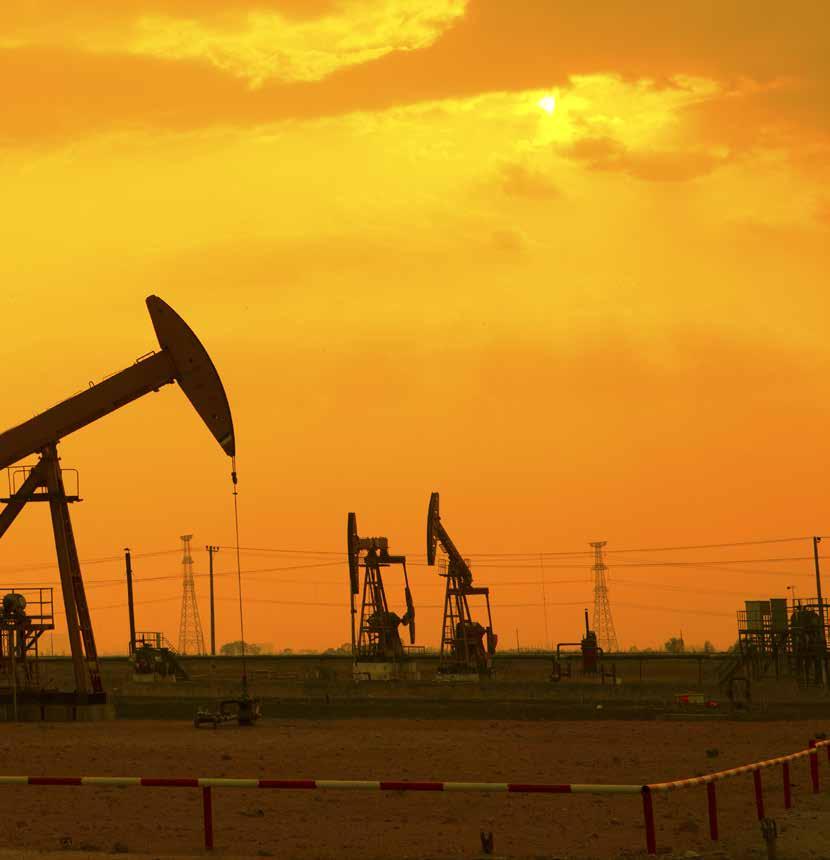
• Eni Official Website:
http://www.eni.com
• Ministry of Petroleum and Mineral Resources Official Website.
• Ministry of Planning, Monitoring and Administrative Reform Official Website.
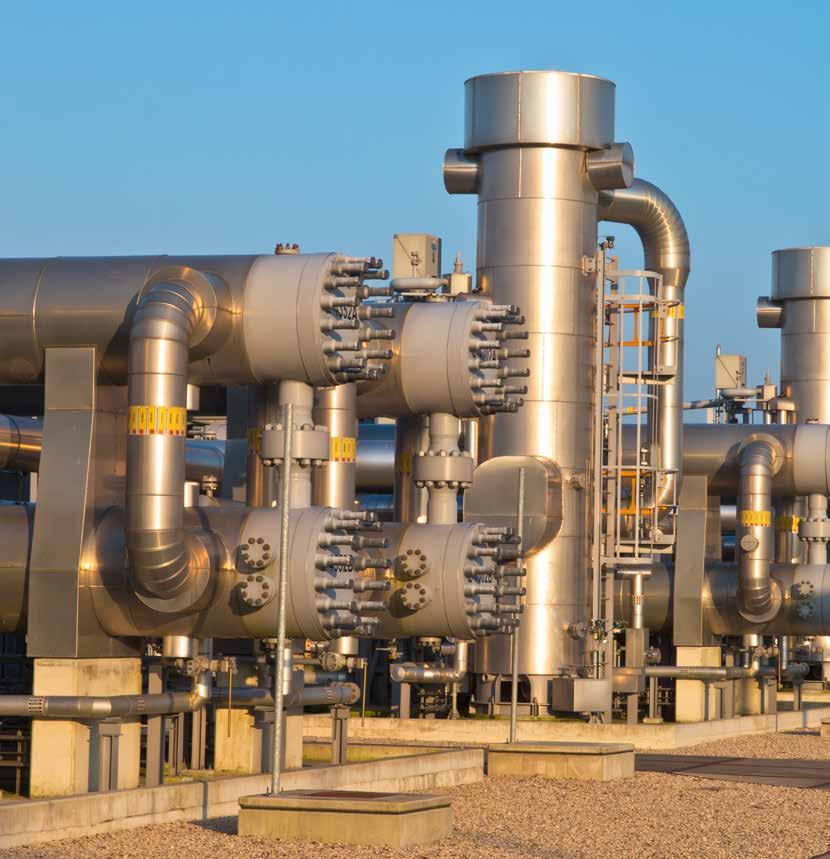
TEAM THE
Research & Analysis Manager
Research Analysts
Junior Research Analyst
Managing Director - Partner
Business Development Director
Editor in Chief
Senior Editor
Editor
Chief Reporter
Operations and Financial Manager
Creative Director
Art Director
Graphic Designers
Mahinaz El Baz
Amina Hussein Reham Gamal
Tasneem Madi
Mohamed Fouad
Ayman Rady
Mariana Somensi
Mai El Gabry
Mai El Ghandour
Wael El Serag
Abdallah El Gohary
Omar Ghazal
Maged Khattab
Marian Wael Yasmin Megahed





